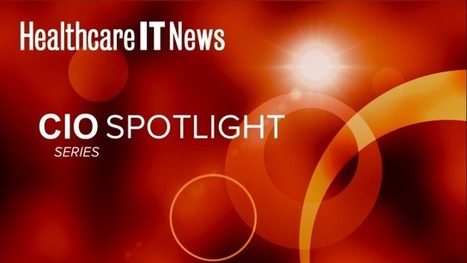As digital health continues to extend into the mainstream, continuous glucose monitor (CGM) manufacturer Dexcom took advantage of the 2015 Consumer Electronics Show (CES) to unveil a simulated Apple Watch displaying live demo glucose readings from a Dexcom CGM.
As pictured on the right, the Apple Watch display is fairly similar to the current Dexcom receiver’s. It displays the current blood sugar reading, a graph of recent blood sugars, and a trend arrow (telling the user whether their glucose trend is sharply upwards, upwards, flat, downwards, or sharply downwards). From the demo, there is no indication if the Apple Watch app will have any other features such as alarms, calibration, etc.
I believe this is the first time any diabetes device manufacturer has publicly shown any demonstration of continuous glucose data being transmitted wirelessly to a smartwatch. The closest demonstration would be Medtronic live streaming glucose readings from their CGM to an iPhone display this past Fall.
Currently, there are no official solutions that stream glucose data to smart watches. For the tech-savvy, a NightScout community exists that helps users “hack” their CGM’s into streaming glucose data to the cloud. In comparison, out-of-the-box synchronization to mobile devices would be a huge step for continuous glucose monitors, and the recent demos by Dexcom and Medtronic suggest that the FDA approval landscape for diabetes technology is loosening.
In a CES Digital Health session titled “Winning the War on Diabetes”, Dexcom’s Steve Pacelli (pictured second to left), Executive Vice President of Strategy and Corporate Development, announced that “[Dexcom's] 5th generation system will transfer data from the sensor to the phone.”
This would represent a significant upgrade over current G4 solutions that require a separate product (the recently approved Dexcom Share) to serve as an intermediary device between the smartphone and Dexcom receiver. Dexcom’s 5th gen release would eliminate the need for a Share-like receiver and could potentially even eliminate the receiver.
With respect to the Dexcom booth’s Apple Watch demo, it was unclear if the Apple Watch integration is coming for the Dexcom Share (and therefore current G4 systems) or for the future G5 release. However, it’s worth noting that the demo was running inside Apple’s developer kit, which means that the display was running actual software code and not just a mockup.
Furthermore, unlike Medtronic which has officially gone on record stating that Apple HealthKit integration is not part of initial plans for their upcoming smartphone systems, Dexcom’s booth prominently featured Apple Watch and Apple HealthKit in their signage.



 Your new post is loading...
Your new post is loading...








